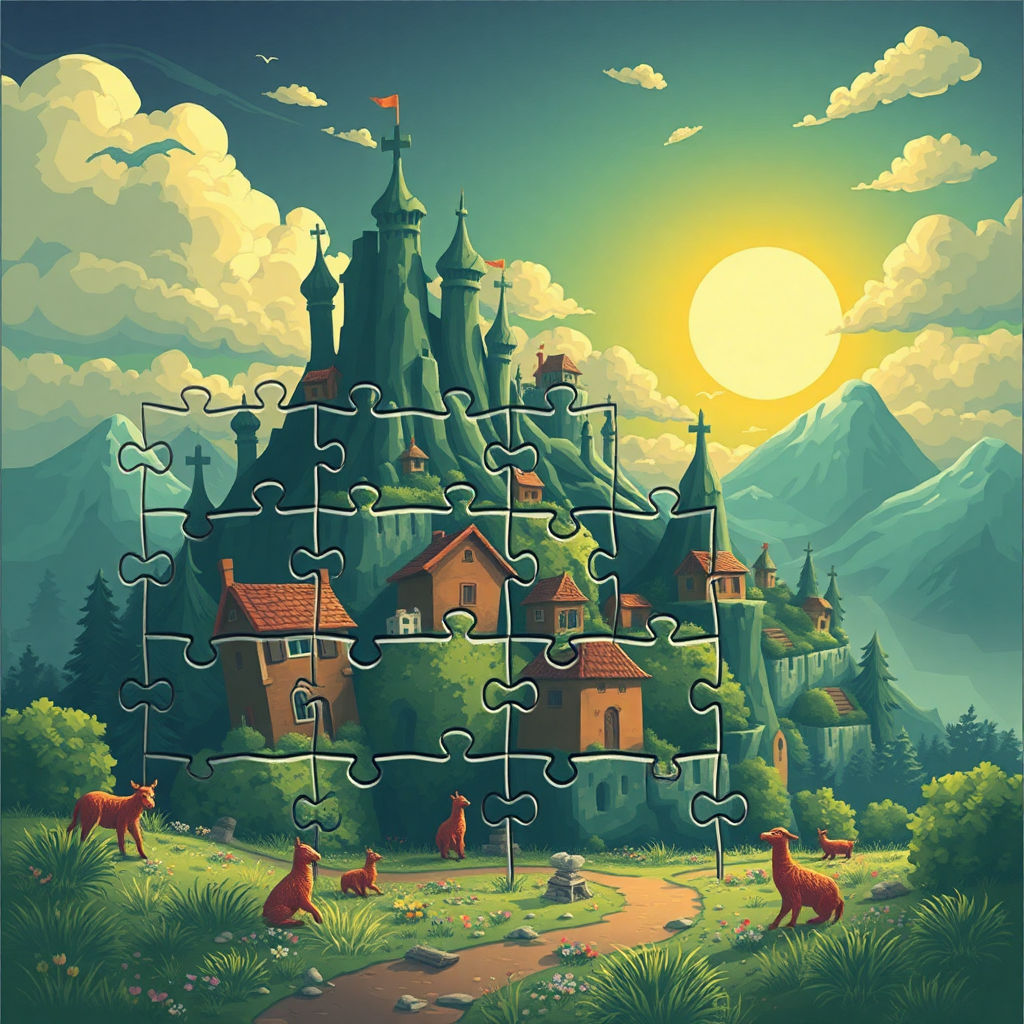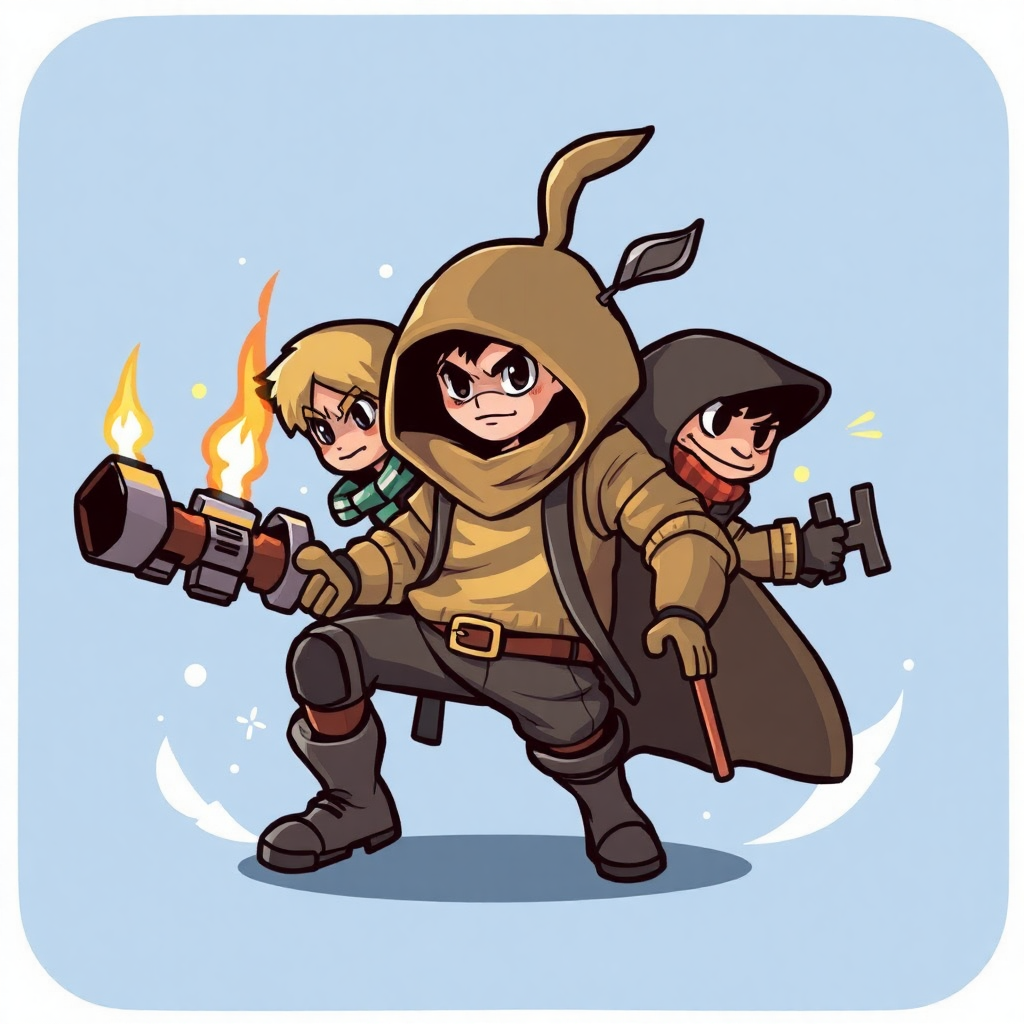Boys Games
Introduction
Boys games have long been a significant part of the gaming industry, covering a wide range of genres that appeal to different interests. While traditionally associated with action-packed, competitive, and adventure-driven gameplay, boys games have evolved to include various themes such as strategy, creativity, and social interaction. Today’s gaming landscape offers something for every kind of player, whether they prefer fast-paced shooters, immersive open-world experiences, or engaging sports simulations.
With advancements in technology, gaming has become more interactive, allowing players to connect with friends, explore virtual worlds, and compete globally. From classic titles like Super Mario and Call of Duty to modern hits like Minecraft and Fortnite, boys games continue to shape the industry and influence pop culture.
The Evolution of Boys Games
The concept of boys games dates back to the early days of video gaming, when arcade titles such as Pac-Man, Donkey Kong, and Space Invaders dominated the market. As gaming technology advanced, new genres emerged, including platformers, fighting games, and first-person shooters.
In the 1990s and early 2000s, franchises like Street Fighter, Mortal Kombat, and Grand Theft Auto gained immense popularity, offering high-energy gameplay and engaging storylines. At the same time, strategy games like Age of Empires and role-playing games (RPGs) such as The Legend of Zelda provided deeper, more immersive experiences.
Today, the variety of boys games has expanded significantly, incorporating multiplayer experiences, online competition, and open-world exploration. With the rise of esports and streaming platforms, gaming has become more than just entertainment—it has evolved into a career path and a global community.
Core Features of Boys Games
-
Action and Adventure
-
Many boys games feature high-intensity combat, fast-paced gameplay, and thrilling missions.
-
Titles like Call of Duty, Halo, and God of War deliver immersive action experiences.
-
Competitive and Multiplayer Modes
-
Online gaming has transformed the way boys games are played, allowing for real-time battles, teamwork, and global rankings.
-
Games like Fortnite, League of Legends, and Counter-Strike emphasize competitive play and strategy.
-
Open-World Exploration
-
Many modern boys games offer expansive open worlds where players can explore, complete missions, and interact with other players.
-
Minecraft, Red Dead Redemption 2, and The Witcher 3 provide immersive, sandbox-style gameplay.
-
Customization and Personalization
-
Character customization, weapon upgrades, and creative building mechanics allow players to make the game their own.
-
Games like Roblox, NBA 2K, and FIFA include deep customization options that enhance player engagement.
-
Skill Development and Strategy
-
Many boys games require quick reflexes, problem-solving, and strategic thinking.
-
Tactical games like Chess.com, Clash Royale, and XCOM challenge players to develop winning strategies.
Why Boys Games Are So Popular
Boys games continue to thrive due to several key factors:
-
Thrilling and Engaging Gameplay – Action-packed mechanics keep players hooked for hours.
-
Social Interaction – Many games allow players to connect, communicate, and compete with friends.
-
Progression and Achievement – Leveling up, unlocking new items, and completing challenges provide a sense of accomplishment.
-
Endless Variety – From sports simulations to sci-fi adventures, the diversity of boys games ensures that there’s something for everyone.
Challenges in the Boys Games Market
Despite their popularity, boys games face challenges in an increasingly competitive industry:
-
Balancing Fun and Complexity – Some games are too difficult for casual players, while others may not offer enough depth for hardcore gamers.
-
Monetization Issues – Many free-to-play games rely on microtransactions, which can lead to criticism if not implemented fairly.
-
Toxicity in Online Gaming – Competitive environments sometimes lead to negative interactions, requiring developers to enforce community guidelines.
To address these challenges, game developers are continuously innovating, introducing features like AI-driven matchmaking, skill-based ranking systems, and improved moderation tools to create a positive gaming experience.
The Future of Boys Games
As gaming technology continues to advance, the future of boys games looks promising. Key trends shaping the industry include:
-
Virtual Reality (VR) and Augmented Reality (AR) – More immersive gaming experiences with motion-tracking and interactive environments.
-
Cross-Platform Play – Allowing players on different devices to compete and cooperate seamlessly.
-
AI-Enhanced Gaming – Smarter NPCs, adaptive difficulty settings, and personalized gaming experiences.
With the continued rise of esports, streaming, and next-generation consoles, boys games will continue to evolve, offering new and exciting ways to play.
Conclusion
Boys games have come a long way from their early arcade roots, expanding into a diverse and dynamic industry. With their thrilling gameplay, competitive elements, and immersive worlds, they remain a staple in gaming culture. As technology progresses, these games will continue to push boundaries, providing players with even greater levels of excitement, strategy, and creativity. Whether competing online, exploring vast open worlds, or strategizing in tactical battles, boys games offer endless entertainment and opportunities for growth in the ever-evolving gaming landscape.


















